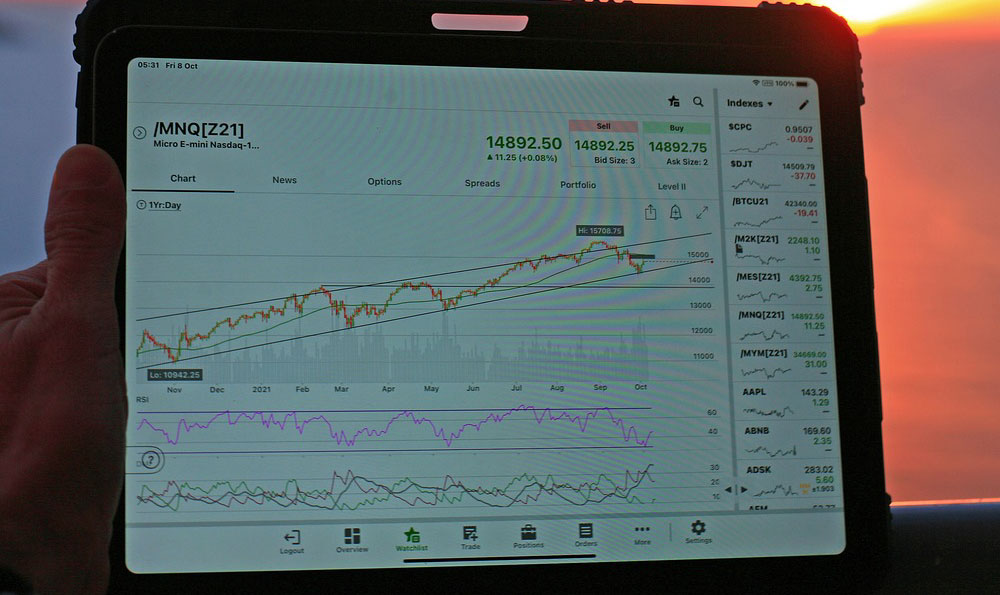Uber Business Model: How It Generates Revenue and Makes Profit
Uber's business model has revolutionized the transportation industry by leveraging technology and a decentralized network of drivers to connect passengers with on-demand rides. Unlike traditional taxi services, Uber operates as a digital platform that eliminates intermediaries, creating a seamless experience for both users and drivers. This innovative approach has not only disrupted the market but also established a multifaceted revenue generation system. At the core of Uber's profitability lies its ability to scale operations globally while adapting to local regulations and consumer behaviors. The company's strategies extend beyond ride-hailing, encompassing ancillary services like food delivery, freight transportation, and even financial products. This diversification ensures a steady flow of income even during fluctuations in the primary transportation segment.
The foundation of Uber's income streams is built upon a commission-based pricing model, where the company earns a percentage of each ride transaction. This structure allows Uber to maintain low operational costs while generating profit through volume. For instance, when a passenger books a ride, Uber charges both the rider and the driver a fee, with the company pocketing a portion. The exact percentage varies depending on the region and the type of service, but it typically ranges from 15% to 25%. This model not only ensures a predictable revenue flow but also incentivizes drivers to maximize their earning potential by maintaining high availability and customer satisfaction. However, the commission system is not Uber's sole financial engine; the company has expanded into multiple revenue channels to mitigate risks and enhance profitability.

A critical component of Uber's monetization strategy is the dynamic pricing mechanism, which adjusts fares in real-time based on demand and supply. This system, popularly known as surge pricing, ensures that Uber can maintain profitability even during peak hours or high-demand events. By monitoring traffic patterns, driver availability, and historical data, Uber can optimize pricing to balance the load across its platform. Surge pricing not only protects the company’s margins but also creates a feedback loop that encourages drivers to respond to market needs. Additionally, this pricing model leverages psychological pricing techniques, making users perceive the cost as fair while still generating higher revenue during periods of scarcity. The integration of machine learning algorithms further elevates this capability, enabling Uber to predict and adjust prices with greater accuracy.
Beyond ride-hailing, Uber has strategically diversified its services to create additional revenue streams. The introduction of Uber Eats, for example, transformed the company into a player in the food delivery market, generating income through restaurant partnerships, delivery fees, and platform commissions. Similarly, Uber Freight offers a solution for the logistics industry, connecting shippers with drivers through a bidding system that maximizes efficiency and profitability. These ventures highlight Uber’s ability to adapt to market trends and capitalize on emerging opportunities. The company’s financial products, including Uber Go and Uber Driver, further demonstrate its commitment to monetizing different aspects of the transportation ecosystem. By offering credit options and insurance services, Uber ensures that drivers and riders can transact with confidence, while the company benefits from transaction fees and subscription models.
Uber’s market expansion strategy has also played a significant role in its revenue growth. The company has established a global presence in over 600 cities across more than 80 countries, relying on local partnerships and franchise models to reduce entry barriers. This approach allows Uber to scale its operations without incurring substantial overhead costs, as local teams manage day-to-day activities. Franchise agreements, in particular, enable Uber to penetrate new markets with minimal financial exposure, as franchisees bear the primary risks and costs of obtaining licenses and recruiting drivers. Additionally, Uber’s focus on expanding into developing economies has created growth opportunities in regions with untapped demand, further diversifying its revenue sources.
The profitability of Uber’s business model is further enhanced by its data-driven decision-making processes. The company collects vast amounts of data from user interactions, driver performance, and market conditions, which is then analyzed to optimize pricing strategies, improve service quality, and reduce churn. This data analytics capability ensures that Uber remains competitive in a rapidly evolving market, allowing it to adjust its offerings based on real-time insights. For example, by analyzing user preferences, Uber can tailor its marketing campaigns to attract specific demographics, while also ensuring that drivers receive incentives that align with their needs. The use of predictive analytics enables Uber to forecast demand and allocate resources more efficiently, further improving its bottom line.
Despite its success, Uber’s business model is not without challenges. The company’s reliance on a gig economy model means that drivers are classified as independent contractors rather than employees, which has led to legal and regulatory scrutiny. Additionally, the fierce competition in the ride-hailing market necessitates continuous innovation to maintain profitability. Uber has responded to these challenges by investing in technology, enhancing user experience, and expanding into new markets. The company’s ability to navigate these obstacles while maintaining a scalable business model underscores its resilience and adaptability in the face of market fluctuations.
Ultimately, Uber’s business model is a testament to the power of technology in reshaping traditional industries. By combining a digital platform, dynamic pricing, and a diverse range of services, Uber has created a sustainable revenue generation system that operates efficiently across different markets. The company’s global expansion, data analytics capabilities, and commitment to innovation continue to drive its profitability, making it a key player in the evolving transportation landscape. As the market evolves, Uber’s ability to adapt its business model will determine its continued success and growth.












